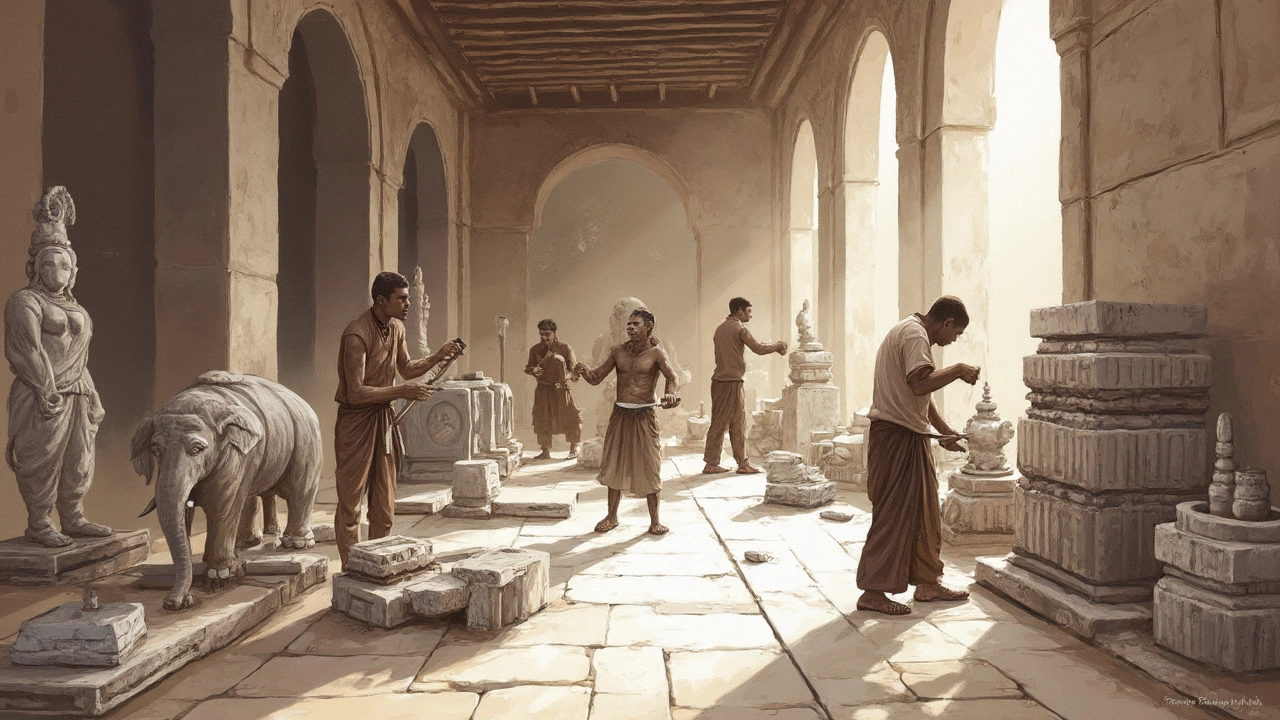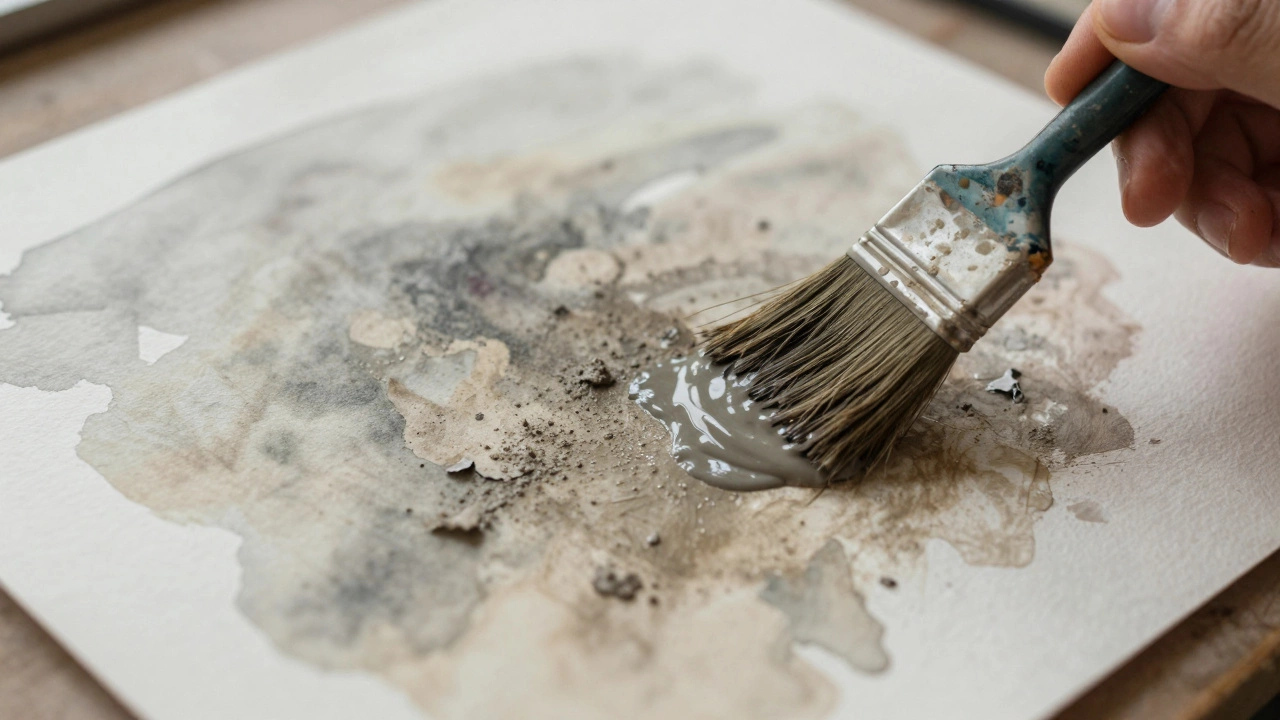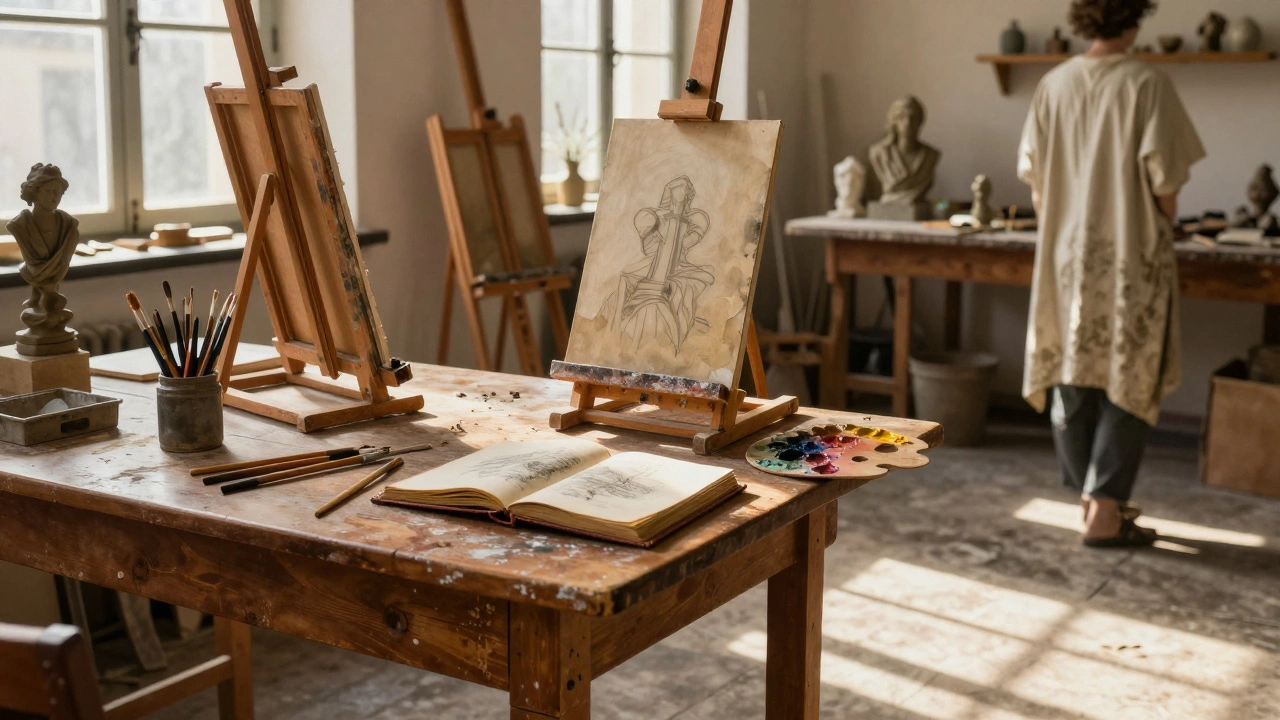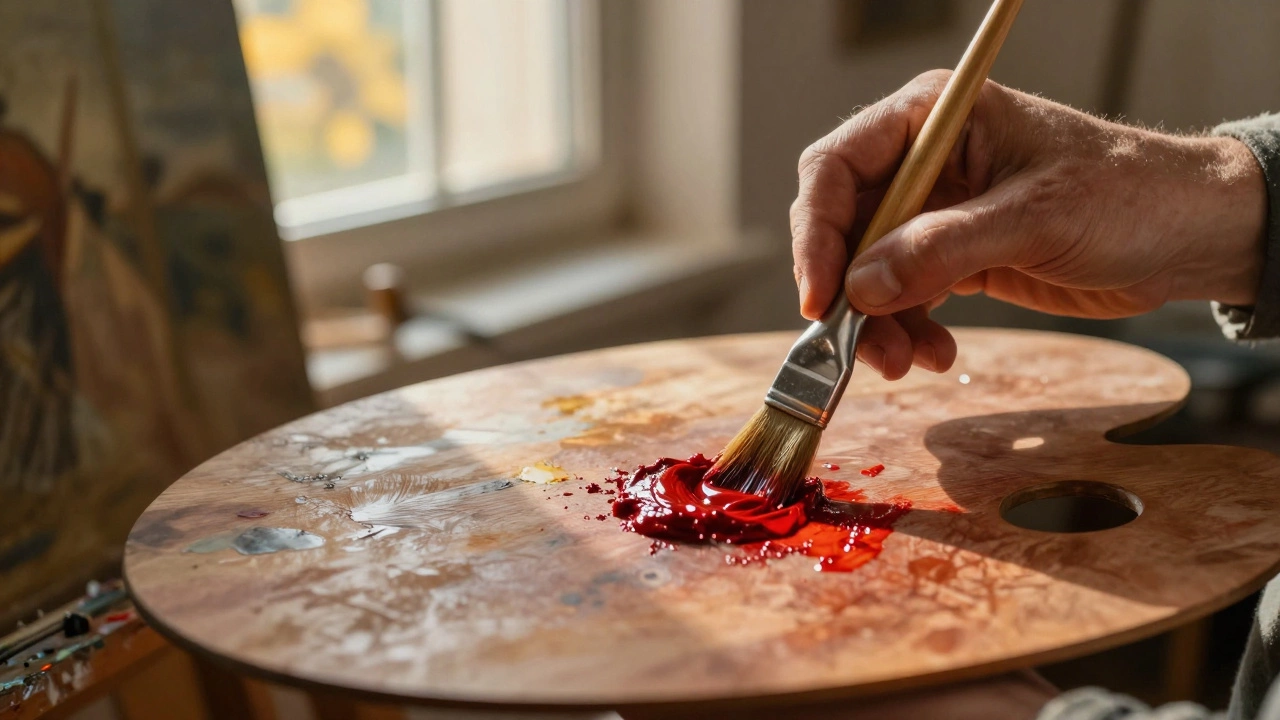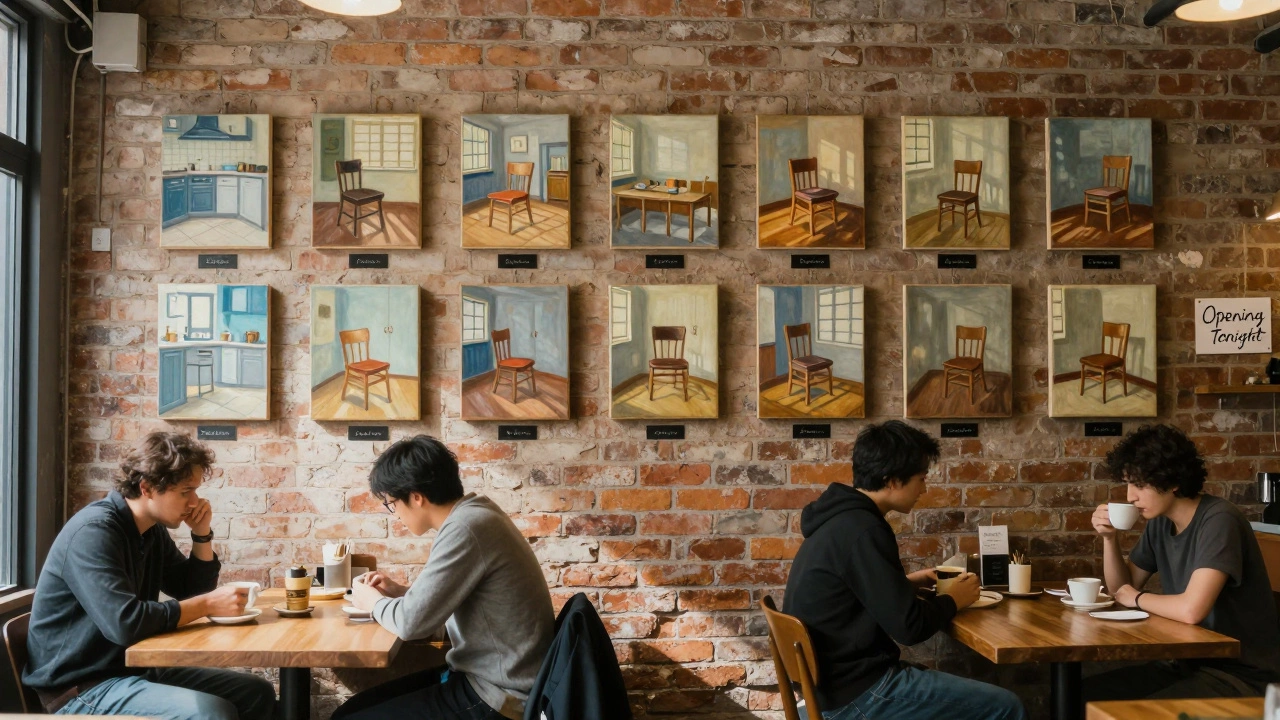So, you're curious about what makes something a sculpture, right? It's not just about chiseling away at a block of marble anymore. In today's art world, the term 'sculpture' covers a whole lot more. We're talking about any three-dimensional piece that has the potential to make you stop and stare. From age-old stone carvings to ultra-modern 3D-printed creations, sculptures are as diverse as they are fascinating.
Let's get one thing straight: traditional sculptures, like the ones you see in museums, definitely still count. They're usually made from materials like stone, metal, or wood and often involve techniques like carving or welding. But modern art has thrown out the rulebook, and we're seeing sculptures crafted from just about anything, including recycled materials and even light.
- Defining Sculpture: Traditional vs. Modern
- Materials That Make Sculptures Unique
- Techniques: How Sculptures Come to Life
- The Role of Space and Dimensions
- Innovations and Contemporary Trends
Defining Sculpture: Traditional vs. Modern
Alright, let's dig into what makes a sculpture a sculpture. Traditionally, sculpture meant carving, modeling, or casting materials like stone, metal, or wood. Think about those classic marble statues from ancient Greece or the bronze figures from the Renaissance. These works were not only about skill but also storytelling. They celebrated gods, told legends, and depicted important people of the time.
Fast forward to today, and the definition of sculpture art is a bit more... flexible. Modern artists like Jeff Koons and Damien Hirst have completely changed the game. They're not just sticking to typical materials. Some use plastic, found objects, or even digital elements. It's about experimenting and challenging perceptions. What's more, new techniques are being employed, like 3D printing or interactive installations that involve the viewer.
Traditional Approach
With traditional sculptures, the key was often realism or abstraction in tangible forms. Each piece involved a lot of hands-on work—whether that was chipping away at a quarry block to reveal a figure or combining metals through welding.
Modern Twist
In contrast, modern sculptures might focus more on the concept over the craft. For instance, a pile of candy arranged on the gallery floor could be a thought-provoking piece questioning consumer culture. The medium is no longer the message—it's the starting point for more complex ideas.
| Traditional Material | Modern Material |
|---|---|
| Marble | Recycled Plastics |
| Bronze | 3D-Printed Polymer |
Ultimately, whether it's traditional or modern, the core of a sculpture is its physical presence. It's there with you, in the space you share. That's the magic of 3D art; it demands a tangible connection. So, whether it's a towering bronze statue or a quirky installation made of glass, sculptures always have a way of making us look twice.
Materials That Make Sculptures Unique
Alright, let's get into the nitty-gritty of what makes a sculpture stand out. It's all about the materials. The choice of material can completely change how a sculpture feels and even what it says to the audience. Traditional sculptures often used stone, like in those grand marble statues you see in ancient Rome.
Stone is durable and gives a sense of permanence, but it's not the only game in town. Metal is a big player in sculpture art too. Think of those sleek, shiny abstract pieces that might catch your eye in a city square. Artists working with metal often manipulate it by welding, casting, or forging to capture movement or complexity in a durable form.
Wood and Beyond
Then we've got wood—it's warm, accessible, and more flexible than you might think. Wooden sculptures often bring a sense of earthiness and authenticity, and artists can carve, sand, or even burn details into their work. Modern sculptors mix it up by combining wood with other materials for added texture and intrigue.
Fast forward to now, and the variety of materials used in 3D art has exploded. We've got artists using plastics, glass, and even living plants to add a splash of color and form to their work. And let's not forget about recycled materials. Sculptors are using discarded metal, glass, and plastic for eco-friendly creations that tell powerful stories about sustainability. It's wild what an old soda can transform into when it's in the hands of a creative genius.
Innovation is Key
One of the coolest current trends is art using synthetic materials like 3D-printed resin. This tech allows artists to design intricate details that would be impossible with traditional methods. Plus, since the technology is still evolving, who knows what we'll see in the next few years?
Here's a quick look at some popular materials and where you might spot them:
- Stone: Classic and enduring, found in historical exhibits.
- Metal: Modern and industrial, often seen in public spaces.
- Wood: Natural and organic, common in galleries.
- Plastics and Resins: Lightweight and versatile, used in contemporary installations.
- Fiber and Textiles: Soft and intricate, adding texture to experimental art.
The magic of sculpture comes from how these materials interact with light, space, and each other. Artists are constantly experimenting, which gives sculpture art its unique, ever-evolving vibe.
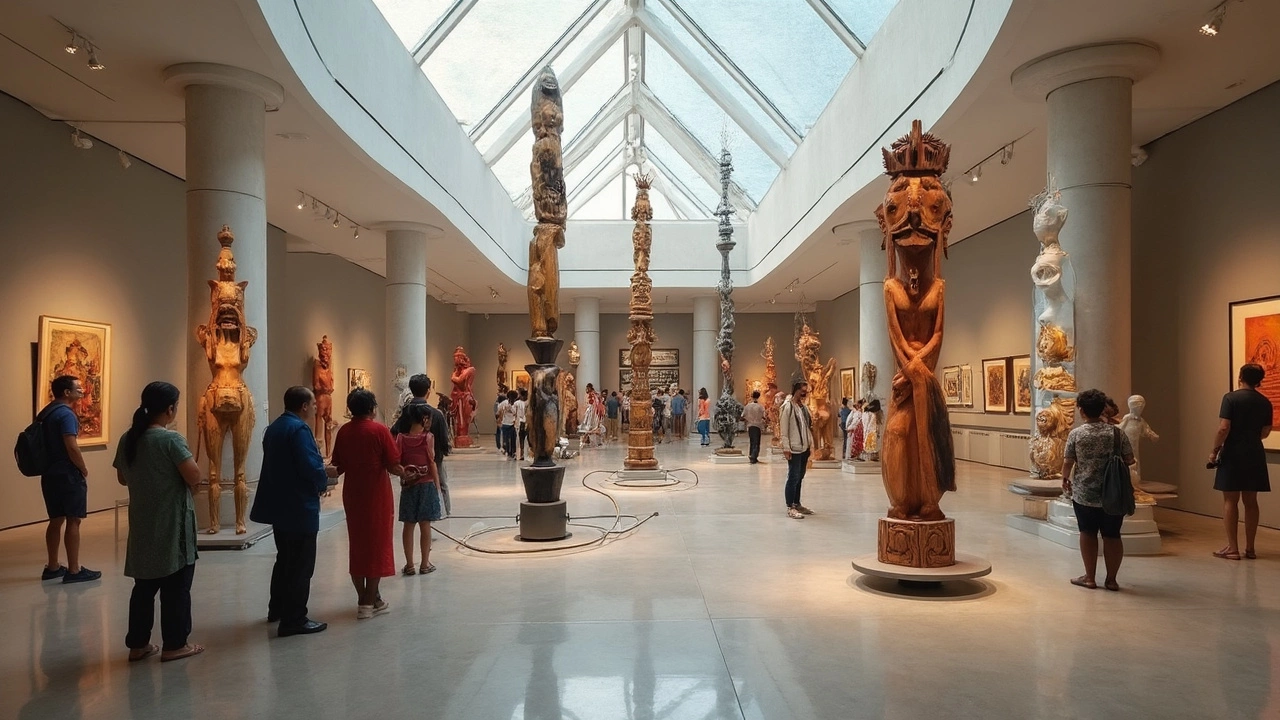
Techniques: How Sculptures Come to Life
Ever wondered how artists turn a block of stone or a lump of clay into something amazing? It's all about the techniques. Let's break it down.
Carving: The Old School Method
Carving is all about removing material until you get the shape you want. Think of Michelangelo and his masterpieces. He said the sculpture is already in the block; he's just setting it free. Artists use tools like chisels or even modern machinery to make this happen. This technique is huge in sculpture art made from marble or wood.
Modeling: Creating from Scratch
When artists talk about modeling, they're often working with something squishy, like clay or wax. This technique is a whole different ball game from carving. Instead of taking away, you're adding or shaping materials to create forms. It's amazing to see how artists can create lifelike figures using clay. Plus, clay is incredibly forgiving—you can adjust or redo parts quite easily.
Casting: Making Copies
Want to make duplicates of a sculpture? That's where casting steps in. Bronze is a popular material for casting, but artists use other materials too. The process usually involves creating a mold around a model and then pouring in molten material. Cool, right?
Assemblage: Putting Pieces Together
This is where things get really creative. Assemblage is all about combining different materials to form a whole new piece. It's kind of like a 3D collage. Artists can use anything from old car parts to driftwood. That's the beauty of this technique—it's about innovation and out-of-the-box thinking.
Each of these techniques is like a tool in an artist's toolbox, offering different ways to express ideas and emotions. Whether using traditional methods or more contemporary approaches, each technique adds its own flair to the 3D art world.
The Role of Space and Dimensions
In the world of sculpture art, space and dimensions aren't just about how big or small something is. They actually play a crucial role in how we experience sculptures. Imagine walking into a room and coming face-to-face with a massive sculpture—it automatically commands attention and influences how you feel in that space.
One cool thing about sculpture is its ability to define the space around it. It's not just about the sculpture itself, but also how it interacts with its surroundings. Artists often play with open and closed forms in their work, which affects the sculpture's relationship with space. An 'open form' might have parts that extend outward, inviting the viewer in, while a 'closed form' can enclose space, creating a sense of boundary.
Playing with Dimensions
Artists use dimensions to evoke different emotions or reactions. Larger sculptures might evoke awe or intimidation, while smaller ones could inspire intimacy or curiosity. For instance, renowned artist Richard Serra uses towering steel pieces to engage with the viewer's sense of scale and movement.
Putting it simply, three-dimensional space allows for a multi-sensory experience. An article from the Tate Modern put it perfectly:
"A sculpture's form and space exist in harmony, drawing the viewer into a dialogue with the physical world around them."
Space Matters: Indoor vs. Outdoor
Where a sculpture is placed is also key. Indoor settings might limit how large a sculpture can be, but they allow for controlled lighting and environment. Outdoor sculptures, on the other hand, interact directly with nature—think of how wind, rain, and sunlight can alter our perception of the piece.
All these elements—the dimensions, the space, the settings—combine to make sculpture a truly unique form of expression. So next time you encounter a sculpture, take a moment to notice how it plays with the space and draws you in. It's not just about looking; it's about experiencing.
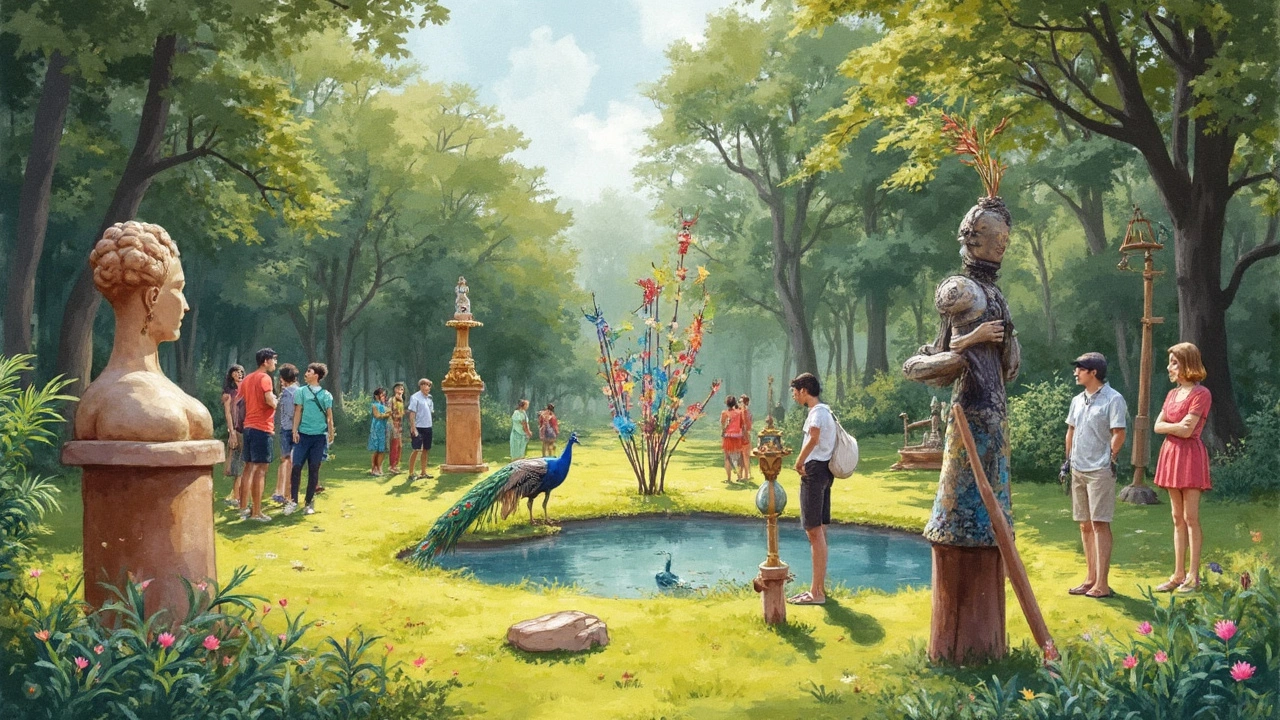
Innovations and Contemporary Trends
The world of sculpture art is constantly evolving, bursting with fresh ideas and groundbreaking techniques. Today, sculptures are no longer confined to traditional materials like stone and metal. Artists are experimenting with all sorts of materials, including textiles, glass, and even digital mediums. One fascinating trend is the rise of kinetic sculptures, which incorporate movement and are often driven by motors or natural forces like wind or water.
Take for example, the renowned kinetic artist Theo Jansen, who creates enormous, skeletal sculptures that roam beaches powered just by the wind. These 'Strandbeests' are a perfect blend of art and engineering. In Jansen’s own words,
"The walls between art and engineering exist only in our minds."
Digital Sculpting and 3D Printing
Digital technology is revolutionizing the way sculptures are made. Artists are using software like Blender and ZBrush to create intricate models that can be brought to life through 3D printing. This technology allows for a level of detail and precision that was previously hard to achieve, opening new doors for artistic expression.
Imagine crafting a sculpture on a computer and then watching it take shape layer by layer thanks to a 3D printer. It’s like pulling art straight out of cyberspace and giving it a place in the real world.
Eco-Friendly Art Practices
As the world gets more environmentally conscious, so do artists. There’s a growing trend of using recycled materials to create sculptures, shining a spotlight on sustainability. This approach not only reduces waste but also sends a powerful message about the role of art in supporting the planet.
Tables are turning in the artistic expression landscape, thanks to these innovative techniques and technologies. Whether it's sculptures that move, are printed from a digital file, or ones fashioned from yesterday's trash, today's sculptures offer something for everyone—a chance to marvel at humanity's limitless creativity.
